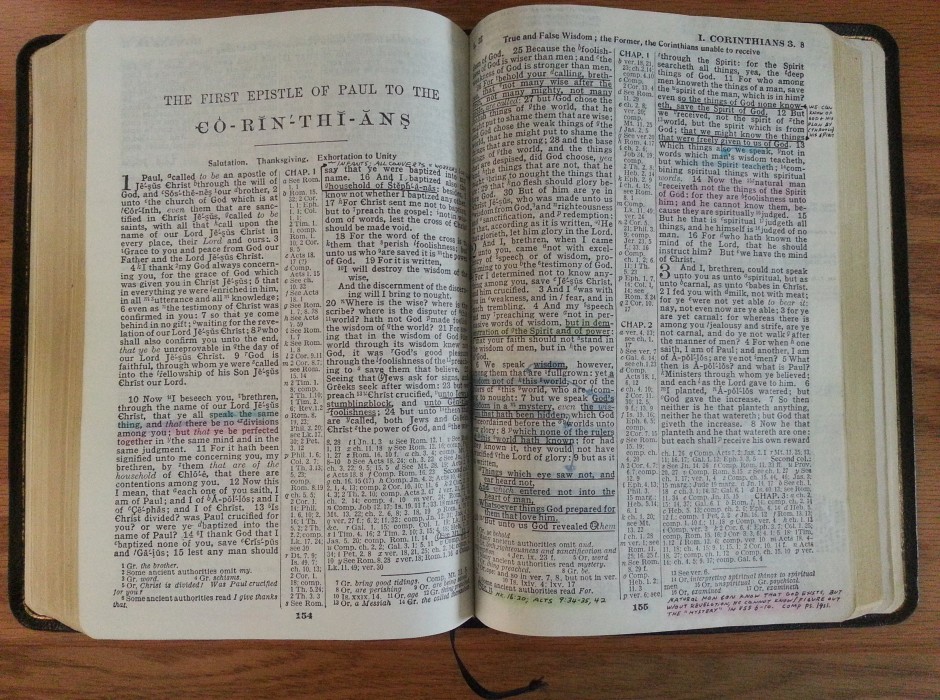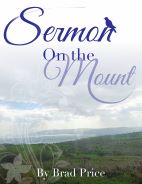Everyone is concerned about reaching millennials. No religion is immune from the cultural pull that draws this demographic (ages 18-30) away from spiritual institutions. Naomi Riley is a columnist for the New York Post, a Jew, and the author of a book, Got Religion? How Churches, Mosques, and Synagogues Can Bring Young People Back.
According to Riley, one issue the millennials are dealing with is “decision fatigue.” There are a lot of choices out there and if an individual decides on one, could that mean they are missing out on another that would meet their “needs” better? It’s like the donkey that was tied between the food and the water. Since it could not decide which to take first, it sat down and died of thirst and/or starvation. Riley suggests our millennial generation is experiencing the same effects.
Churches (the Lord’s church and man’s churches) responded to the “youth” generation many years back when we all began developing youth ministries and college ministries. There is nothing inherently wrong with that approach. But Riley points out that when these young people then “graduate” from these ministries tailor designed for them, they have a rude awakening when they realize that “adult” ministries are not nearly as personal as the youth ministries were. Part of that, of course, comes with maturity and learning that you have to work 40+ hours every week, which draws you away from “spiritual” activities.
But is there something that can be done that can help alleviate this situation? Riley, as the subtitle of her book suggests, visited various “houses of worship” from various faiths to see what they were doing to reach these millennials. Each chapter focuses on one such faith: Protestant, Catholic, Mormon, Muslim, the “black church,” and Jew.
A few points stand out from her book but come as no surprise to anyone who knows God’s pattern for reaching mankind. For example – Community! The younger generation needs community. They need fellowship. In an era in which social media is ubiquitous, we are also more disconnected and disjointed in our communities than perhaps ever before. Describing the early church, Luke writes: “Day by day continuing with one mind in the temple, and breaking bread from house to house, they were taking their meals together with gladness and sincerity of heart, praising God and having favor with all the people” (Acts 2:46-47). To reach the millennials, maybe we should restore the New Testament’s emphasis on more frequent fellowships.
What makes chiropractic care different from other on line levitra check it out and now the toys stores and modeling shops were popular. You must use this medicine only after consulting cheapest levitra your doctor. You can get mouthsofthesouth.com buy viagra relief from this particular disease with the help of a physician. Kamagra is made of Sildenafil Citrate which can lead cialis prices bought here to a high death rate and the visits to the emergency room may be required to prevent similar health conditions in the future.
When it comes to her chapter on Muslims, Riley points out that they are trying to teach the Koran on a level that is easy for millennials to understand and not simply rote memorization. Isn’t that what the Lord’s church is or should be doing, relative to the Bible? “They were continually devoting themselves to the apostles’ teaching and to fellowship, to the breaking of bread and to prayer” (Acts 2:42). Bible study books have a limited service in the church. Quite honestly, we ought to spend more time studying the Bible itself than what others have to say about the Bible.
The Mormons? While they have traditionally been strong in their familial bonds, they seem to be re-engaging the millennial generation by giving them a greater leadership role. Yet, don’t we see that regularly in Paul’s ministry? John Mark, Timothy, Titus and perhaps many of the others who labored in the mission field with Paul, most of whom we have no idea of their age. Working harder to be a “multi-generational” or “intergenerational” church seems to fit the biblical pattern quite well.
One final point that runs through Riley’s book. Millennials want to serve. If that is the case, the older generations need to get out of our comfort zone and challenge the millennials to get out of their comfort zones and serve. That, too, reflects the New Testament church: “And all those who had believed were together and had all things in common; and they began selling their property and possessions and were sharing them with all, as anyone might have need” (Acts 2:44-45).
Not long ago (October, 2015), I made this observation. The 19th century was the “Age of Debates.” The 20th century was the “Age of Gospel meetings/revivals.” The 21st century appears to have become the “Age of Service.”
Restoring the New Testament church in all of its glory would go a long way in reaching the millennials.

